Science > Chemistry > Atomic Structure > Heisenberg’s Uncertainty Principle In this article, we shall study Heisenberg’s uncertainty principle, the concept of quantum numbers, and the model of an atom based on the quantum numbers. Heisenberg’s Uncertainty Principle: Werner Heisenberg a German physicist in 1927, stated the uncertainty principle which is the consequence of dual behaviour of […]
Category: Facts
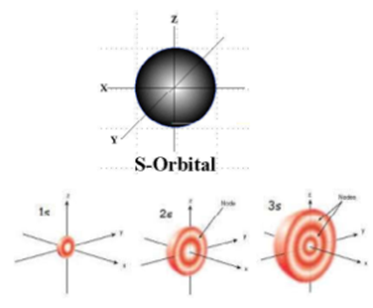
Science > Chemistry > Atomic Structure > Quantum Numbers and Quantum Model of an Atom In this article, we shall study the concept of quantum numbers and the model of an atom based on the quantum numbers. Concept of Quantum Numbers: In 1926, Erwin Schrodinger put forward a theory of atom called as a quantum […]
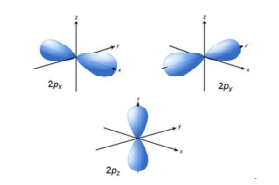
Science > Chemistry > Atomic Structure > Quantum Numbers and Shapes of Orbitals In this article, we shall study the concept of quantum numbers and different types of orbitals and their shapes. Difference Between Shell, Subshell, and Orbital: All electrons that have the same value for n (the principal quantum number) are in the same […]
Electronic Configuration
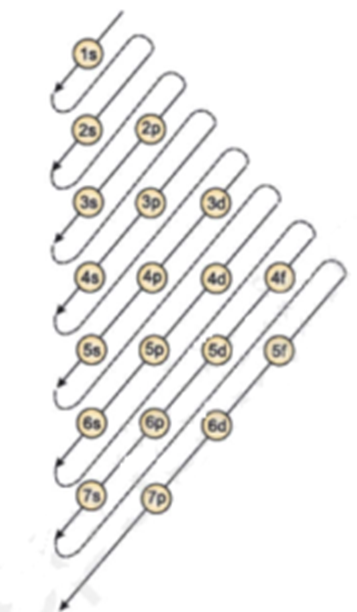
Science > Chemistry > Atomic Structure > Electronic Configuration The distribution of electrons in various shells and orbitals of an atom is known as electronic configuration. Generally electronic configuration is given by nlx. Where n is shell number, l is subshell and x are the number of electrons. Aufbau Principle: The arrangement of the electrons […]
Rutherford’s Atomic Model
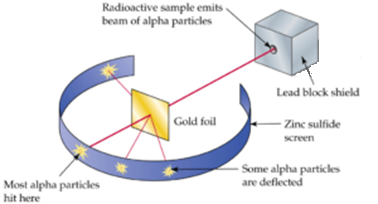
Science > Chemistry > Atomic Structure > Rutherford’s Atomic Model In this article, we shall study Thomson’s model of an atom and its deficiencies and Rutherford’s atomic model and its deficiencies. Thomson’s Model of an Atom: J. J. Thomson, in 1898, proposed that an atom possesses a spherical shape (radius approximately 10–10 m) in which the positive charge […]

Science > Chemistry > Atomic Structure > Discovery of Proton and Neutron In last article, we have discussed, the discovery of electron and characteristics of electron. In this article, we shall discuss the discovery of proton and neutron and their characteristics. Discovery of Proton: Proton was discovered by E. Goldstein in 1886. He performed the […]
Discovery of Electron
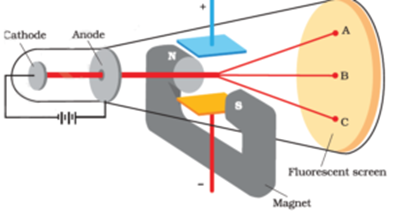
Science > Chemistry > Atomic Structure > Discovery of Electron In this article, we shall study earlier concepts of an atom, discovery of electron, and its characteristics. 600 B.C. Indian saint and philosopher Maharshi Kanad proposed that matter is made up of the smallest individual particles. He called these particles ‘paramanu’. Around 400 B.C. The […]
Radioactivity

Science > Chemistry > Atomic Structure > Radioactivity Radioactivity was discovered by French physicist Antoine Becquerel in 1896. The phenomenon of spontaneous and continuous and uncontrollable disintegration of an unstable nucleus accompanied by the emission of active radiations is called natural radioactivity. The substance which exhibits radioactivity is called a radioactive substance. e.g. Uranium, thorium, […]
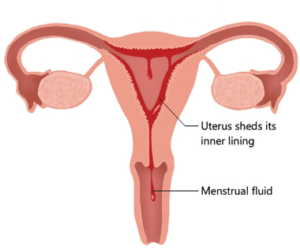
The menstrual cycle (Latin: mensis means a lunar month) is a characteristic of primates (monkeys, apes, and humans). Menstruation is defined as the cyclic discharge of blood carrying broken tissue materials through the vagina. In a human female, the fertility period extends from the age of puberty, i.e. about 11-13 years up to menopause, i.e. 45-50 years. The […]
Movements and Locomotion
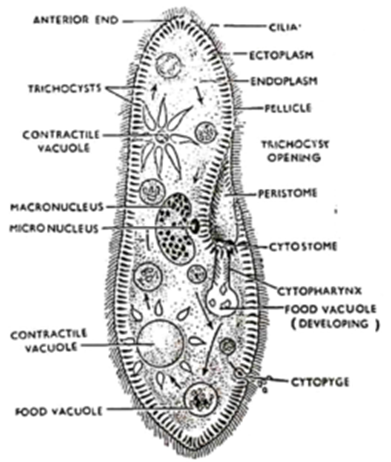
In this article we shall study about movements and locomotion. Movements: The act of changing position or place by one or more of its parts is called a movement. Movement is one of the significant features of living beings. Animals and plants exhibit a wide range of movements. The study of movements is called kinesiology […]